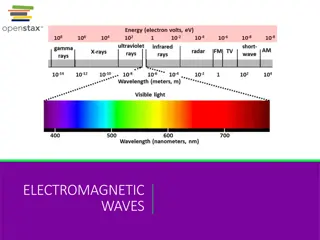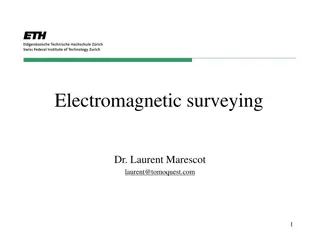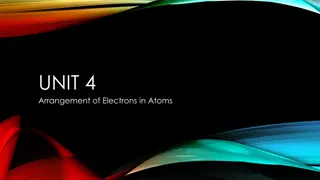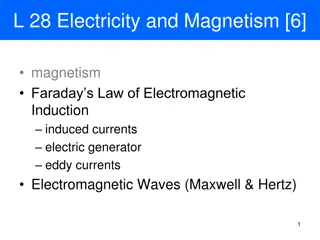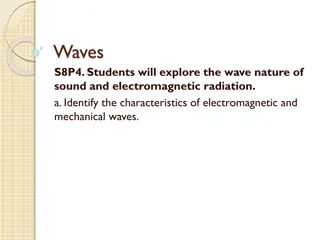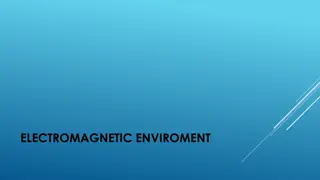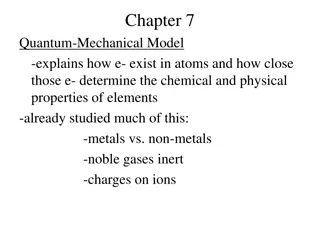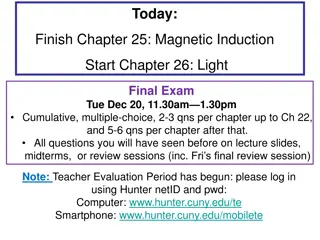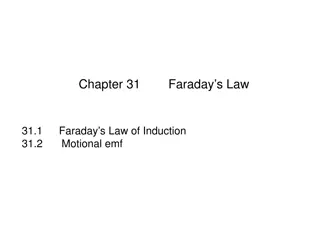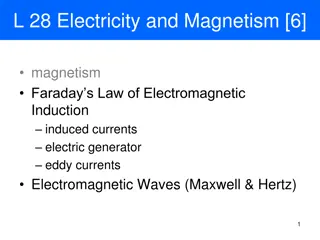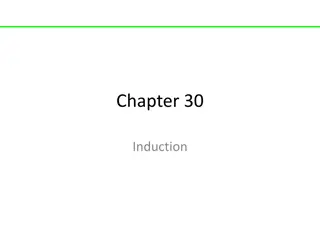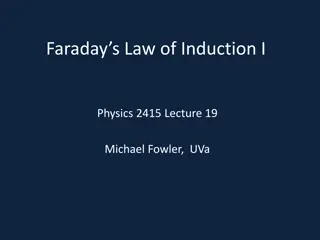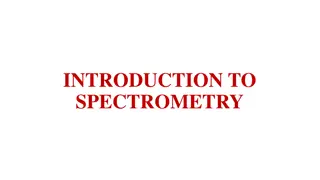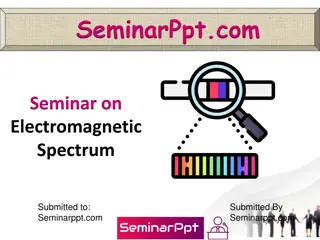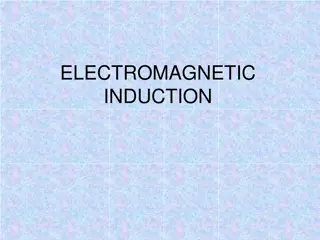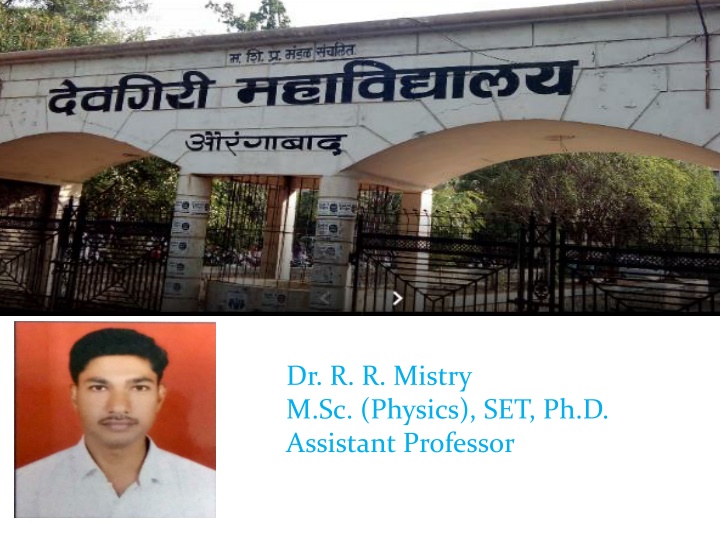
Faraday's Law of Electromagnetic Induction
Explore the principles of Faraday's Law of Electromagnetic Induction explained by Dr. R. R. Mistry. Learn about electromagnetic induction, Faraday's two laws, Lenz's Law, and the relationship between magnetic flux and induced electromotive force in circuits.
Download Presentation

Please find below an Image/Link to download the presentation.
The content on the website is provided AS IS for your information and personal use only. It may not be sold, licensed, or shared on other websites without obtaining consent from the author. If you encounter any issues during the download, it is possible that the publisher has removed the file from their server.
You are allowed to download the files provided on this website for personal or commercial use, subject to the condition that they are used lawfully. All files are the property of their respective owners.
The content on the website is provided AS IS for your information and personal use only. It may not be sold, licensed, or shared on other websites without obtaining consent from the author.
E N D
Presentation Transcript
Dr. R. R. Mistry M.Sc. (Physics), SET, Ph.D. Assistant Professor
Law of Electromagnetic Faraday s induction, Lenz s law, Self induction, Mutual induction, Equation of continuity, Maxwell s displacement Maxwell s equation Differential form). current, (Derivation,
Faradays Law of Electromagnetic Induction:-
Fig.(a) Shows a magnet placed along the axis of a coil galvanometer. There is no current in the coil and hence no deflection in the galvanometer. In Fig.(b) when towards the coil, the galvanometer shows a deflection showing that there is an electric current flowing in the coil. connected to a the N-pole moves
In fig.(c) the magnet is moved away from the coil. The galvanometer shows a deflection showing that there is a current in the coil but this time in the opposite direction. From these observations, Faradays developed the two laws: Faraday s First Law:- Whenever there is a change in the magnetic flux linked with a circuit, an e. m. f. is induced in thecircuit.
Faradays Second Law:- The magnitude of the induced e. m. f. is proportional to the rate of change of magnetic flux associated with the circuit. If the induced e. m. f. is , then by Faraday s law
Faradays Law of Electromagnetic induction is defined as Whenever the magnetic flux linked with a closed circuit changes, an induced e.m.f. is set up in the circuit whose magnitude at any instant is directly proportional to the rate of change of magnetic flux linked with the circuit.
Lenzs Law:- The direction of the induced e. m. f. is always such as to oppose the change in the magnetic flux that produced it.
Self Inductance:- Whenever the electric current flowing through a circuit changes, the magnetic flux linked with that circuit also changes. As the result an induced e.m.f. is set up in the circuit. According to Lenz s law the direction of induced e.m.f. is such as to opposite to change the current.
Definition:- production of an induced e. m. f. in a circuit itself due to the change in current through it is called self induction and the induced e. m. f. is called back e. m. f. The phenomenon of the
The magnetic flux linked with the circuit at any instant is proportional to the current I flowing through the same circuit at that instant.


